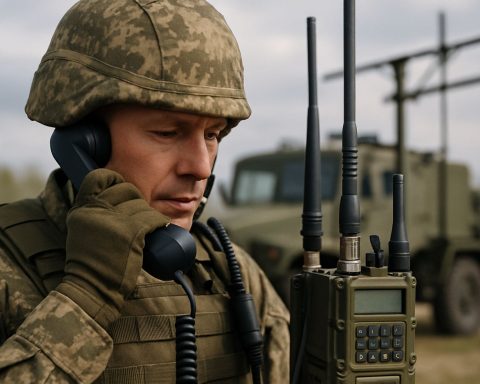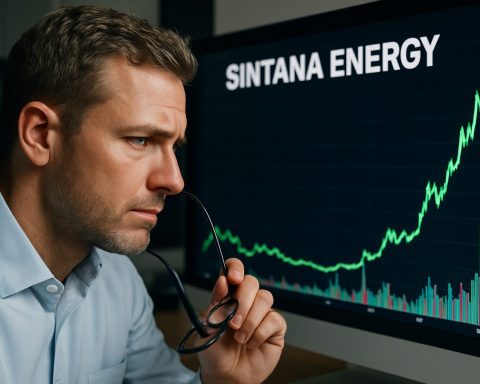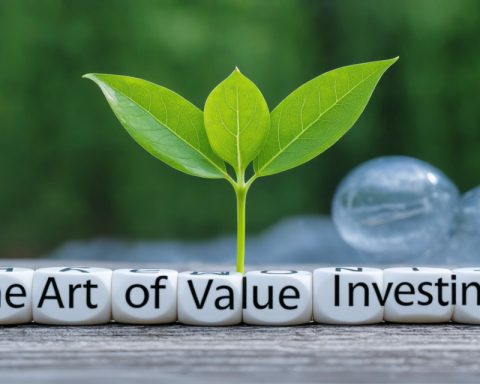- The European Union is launching a €12 billion initiative aimed at transforming Central Asia into a sustainable energy leader.
- Central Asia holds significant potential for diverse renewable energy sources, including wind, solar, hydropower, and geothermal energy.
- The region possesses crucial resources like 40% of the world’s manganese, and rich lithium and graphite reserves, vital for electric vehicles and electronics.
- The EU’s Global Gateway Investment Package aims to elevate Central Asia’s infrastructure, focusing on clean hydrogen production.
- An upcoming Investors Forum in Uzbekistan will engage regional and international stakeholders to boost renewable energy and infrastructure projects.
- Central Asia is positioned to become a critical player in the global transition to renewable energy, potentially reshaping its economic landscape.
Amidst a global race to harness renewable energy, the European Union has set its sights on an unexpected partner: Central Asia. Under the progressive leadership of Ursula von der Leyen, the European Commission revealed a groundbreaking €12 billion initiative designed to transform this vast Eurasian region into a beacon of sustainable power.
Central Asia, often overlooked in global energy dialogues, is primed for a radical transformation. Imagine the steady expanse of wind farms dotting the endless steppe of Kazakhstan, where gusts are as untamed as the ambitions they hope to fuel. Picture the blinding sun that kisses the deserts of Uzbekistan and Turkmenistan, its rays capturing visions of future solar power landscapes. In the mountainous terrains of Tajikistan and Kyrgyzstan, rivers cascade with potential, waters poised to be harnessed for clean hydropower. Beneath this diversity of terrains lies a geothermal promise, a silent force waiting to be exploited.
But this is not just an energy narrative. It’s about resources too. Central Asia cradles an astonishing 40% of the world’s manganese reserves and abounds with lithium and graphite. These elements are crucial to the burgeoning industries of electric vehicles and modern electronics, marking the region as a critical player in the future global materials market.
Through the Global Gateway Investment Package, the EU plans to invigorate Central Asia’s infrastructure and energy projects, positioning the region as a pivotal supplier of clean hydrogen—an energy of tomorrow. This initiative will soon gain momentum with a new Investors Forum set to unfold in Uzbekistan, aiming to galvanize both regional and international stakeholders into action.
The takeaway is clear: Central Asia stands at the threshold of becoming a linchpin in the global transition to renewable energy. With robust investment and strategic partnerships, this often underestimated region could redefine its economic landscape and make a significant impact on the global stage. In this race towards a clean energy future, Central Asia might just be the dark horse set to pull ahead.
How Central Asia’s Renewable Energy Potential Could Transform the Global Energy Landscape
The European Union’s ambitious €12 billion initiative to transform Central Asia into a renewable energy powerhouse marks a pivotal shift in global energy dynamics. Led by Ursula von der Leyen, this effort not only underscores the region’s untapped energy potentials but also highlights its strategic relevance in the race towards a more sustainable future.
Expanding the Renewable Energy Horizon
Wind and Solar Power Prospects:
– Kazakhstan: Known for its sprawling steppes, Kazakhstan’s wind energy potential is vast. The country’s wind resources could potentially supply up to 50% of its electricity needs, according to a report by the International Renewable Energy Agency (IRENA).
– Uzbekistan and Turkmenistan: These nations are not only sun-drenched but also have some of the region’s longest sun durations annually, making solar power a promising energy source. Uzbekistan aims to generate 5 GW of solar energy by 2030.
Hydropower and Geothermal Energy:
– Tajikistan and Kyrgyzstan: With their mountainous terrains and abundant rivers, these countries have significant potential for hydropower. Tajikistan, for instance, already meets 98% of its electricity needs through hydropower and could further expand its capacities.
– Geothermal Potential: Although still under-researched, Central Asia’s geothermal resources could provide a steady and reliable energy source, complementing other renewable energy sectors.
Strategic Resource Reserves
Central Asia’s estimated reserves of essential elements like manganese, lithium, and graphite place it at an advantageous position in the global supply chain for electric vehicle batteries and other modern technologies. The demand for these resources is expected to exponentially increase, with the global electric vehicle market alone projected to reach USD 800 billion by 2027, as per Grand View Research.
The EU’s Global Gateway Investment Package
Designed to boost infrastructure and energy projects, the EU’s Global Gateway Initiative in Central Asia intends to position the region as a major hub for clean hydrogen production—considered a critical component of the future energy mix. This ambitious infrastructure revitalization plan includes:
– Modernizing existing facilities and building new renewable energy projects
– Encouraging investment through collaborations and stakeholders’ forums
– Creating a sustainable energy supply chain that meets global demands
Industry Trends and Predictions
The focus on renewable energy in Central Asia signals a wider trend where previously underrepresented regions are increasingly being recognized for their potential to contribute to global energy security. Analysts predict a steady growth in foreign direct investments (FDI) in Central Asia’s energy sector, given its strategic importance in mitigating fossil fuel dependency.
Pros and Cons Overview
Pros:
– A diversified energy portfolio reducing reliance on fossil fuels
– Creation of jobs and economic growth in Central Asia
– Enhanced global energy security and supply chain robustness
Cons:
– High initial capital investment and development costs
– Political and regulatory challenges within the region
– Environmental and social impacts of large-scale projects
Actionable Recommendations
1. For Investors: Engage with local governments to understand regulatory environments and form strategic partnerships. Attend the upcoming Investors Forum in Uzbekistan for networking opportunities.
2. For Policy Makers: Develop frameworks that facilitate renewable energy projects while ensuring environmental safeguarding.
3. For Corporations: Explore opportunities to source raw materials from Central Asia to support sustainable supply chains.
Conclusion
Central Asia’s integration into the renewable energy sphere is not only a boon for the regional economy but a promising step towards a sustainable global future. By leveraging its natural resources and partnered investments, this region could very well become the cornerstone of global renewable energy efforts.
For further reading and updates on this topic, consider visiting the European Commission’s official website.










